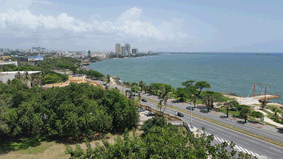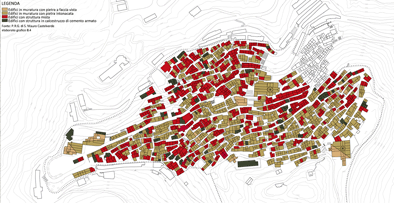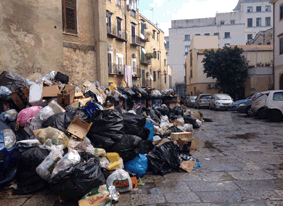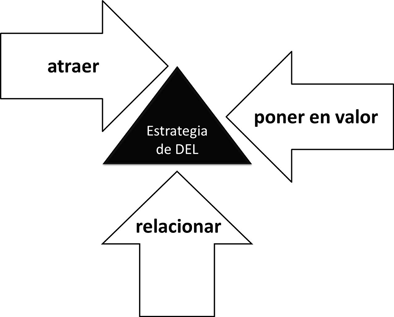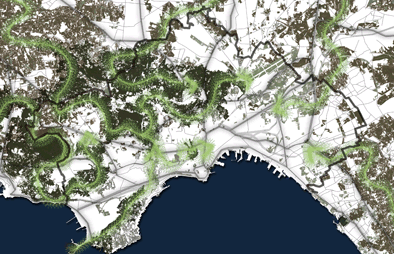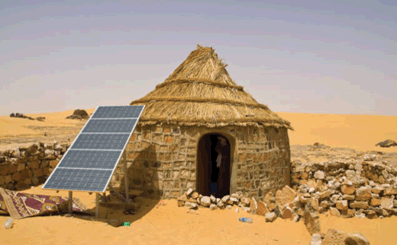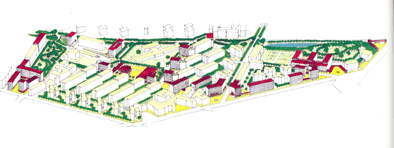No. 15 (2015): THE CHALLENGE OF URBAN RESILIENCE
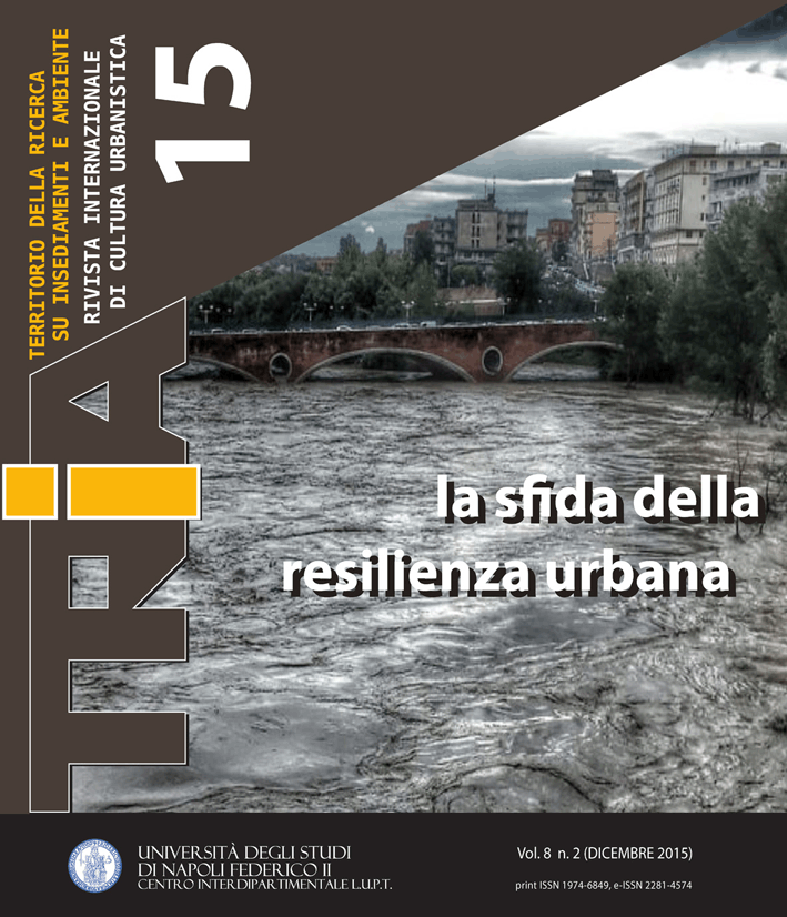
Building urban resilience is one of the greatest challenges that contemporaneity poses to the experts of urban and regional phenomena. Human settlements prove weaker and weaker against natural disasters that seem to intensify in terms of number and scale. The city and the territory appear to be under attack and even more vulnerable facing the threat of nature and irresponsible human actions. The existence of the natural hazard is solely due to the antrophization, being the very presence of man to transform any natural hazard such as earthquake, flood, seaquake in a danger for man himself. In this sense, the city represents a factor to increase the hazard for the concentration of human lives, activities and goods that are exposed to. In addition to the natural disasters which have always threatened human settlements, there are new risk factors such as climate change, desertification, mass exodus, depopulation of rural areas, uncontrolled sprawl of megalopolises, increasing urban poverty, and so on. Such scenario highlights a growing demand for urban resilience thought as adaptive capacity as regards the vulnerability which transforms risks into dangers. Vulnerability can be considered from various viewpoints, through the risk exposure assessment of goods, urban morphology and open spaces, activities and functions, urban community and social articulation. Similarly, resilience can be built by improving adaptive capacity among the various articulations of urban complexity, both physically and functionally, in a multi-scalar level, and with interdisciplinary and intersectorial collaboration.


